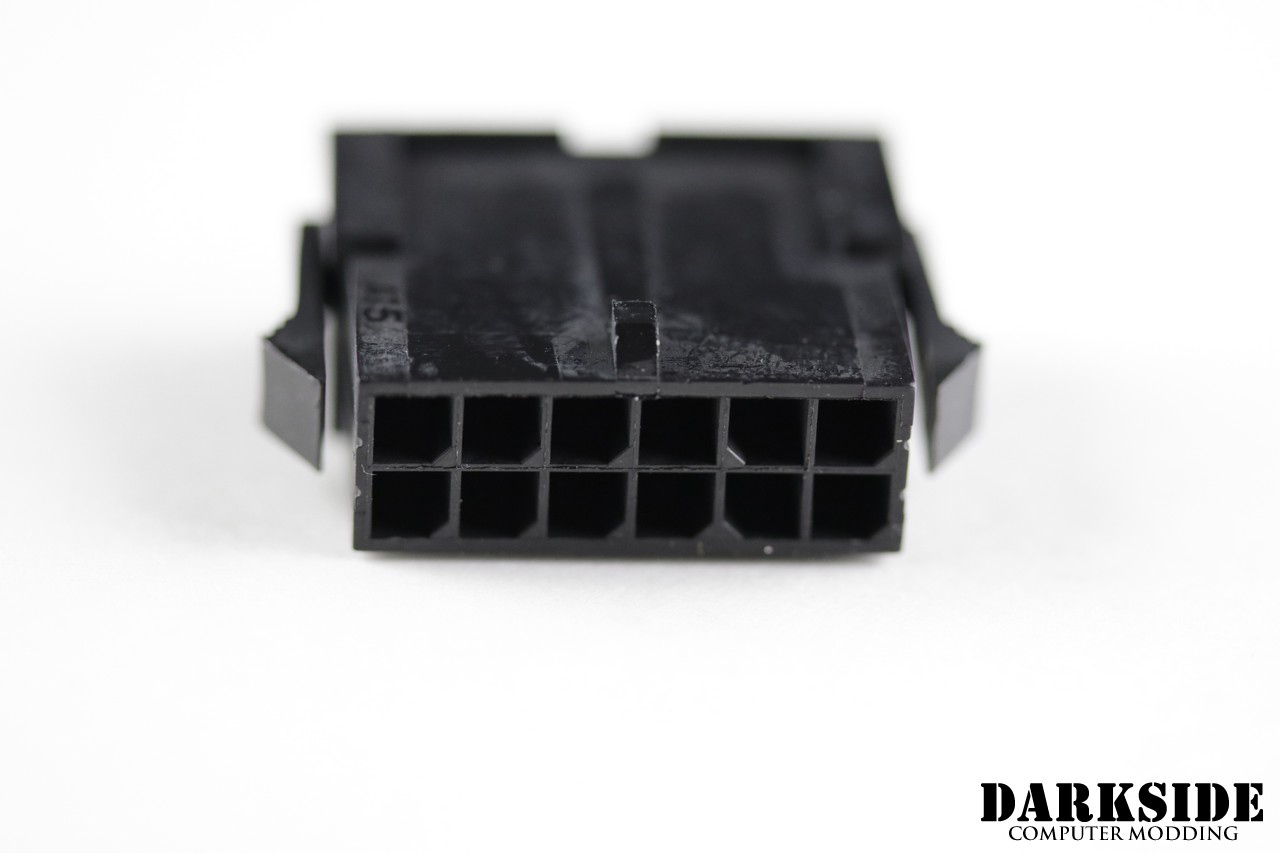

You should clearly not trust anything that I have written. I am not a licensed electrician, professor of physics, PhD engineer, or any other remotely-credible title. Everything in this Instructable is correct to the best of my knowledge, but please use your own good judgement. If you're not afraid of electricity, then there's a good chance that you don't understand it and should do more research before messing with it. "Step 1" ~ Some background information and suggestions for projects "Step 2" ~ A list of standard wire-colors and functions in an ATX PSU "Step 3" ~ A chart of wire-associations on ATX connectors "Step 4" ~ A chart of wire-associations on other connectors (molex, floppy, PCI-e power, etc.) "Step 5" ~ Tips, tricks, warnings, anomalies, and conspiracy theories "Step 6" ~ Sources & further reading Requisite Disclaimer: Electricity is scary (where fear is equal to voltage x amperage / ). If you want a greater depth of information, see Step 6. This is meant as a reference guide and so I've tried to avoid extensive explanations. This isn't so much an Instructable as it is an Informable. My objective here is to give you all the information that you might need in order to hack an ATX PSU to meet your needs.

We like to improve on what already exists and fit the product to our needs. My observation is that most makers, hackers, and mad scientists don't follow instructions very well.
ATX 4 PIN MOLEX CONNECTOR HOW TO
That could easily end up runing everything through one wire.There are tons of Instructables on how to hack a discarded ATX (computer) power supply unit (PSU) into a lab bench power supply. If this is bad advice, then online sellers that sell Molex to 8 pin PCIe adapters should stop selling those first. If one fails to connect, all the current will go through the remaining wire and it could melt. Just be careful to not use any 6 pin PCIe power connectors that only have 2 12V wires, and thin wires that are smaller than AWG 20. This would convert it in to a 6 pin connection. The 2 sense connections on a 8 pin PCIe board could be permanently connected to the 6 pin ground connections with a little bit of solder and wire. If all 6 wires are present on the 6 pin connector and the power supply can handle the current, then it is safe to get an adapter that will convert the 6 pin connector in to an 8 pin connector simply by grounding the two additional connections on the 8 pin connector. If a 12.5A 6-pin connector on an older power supply is connected to a newer 8-pin PCIe device, the PCIe device should not turn on because it doesn't know if a 12.5A compliant connection has been used. Many power supplies that are 12.5A compliant have an additional 2 pin ground connector on the side of the 6 pin connector that can be used to make it to an 8 pin connector. An additional two groundable sense connections can be added to the side to tell the PCIe device that a 12.5A compliant power connector has been inserted. The 12.5A version uses 3 12V power wires and 3 ground wires to carry current. The 3rd middle ground connection can be used to sense that the connection is plugged in. The 6.25A version only requires that two 12V power connections be present, and only two ground connections need to carry current. The 6 pin PCIe power connector comes in a 6.25A (75W) version and a 12.5A (150W) version.


 0 kommentar(er)
0 kommentar(er)
